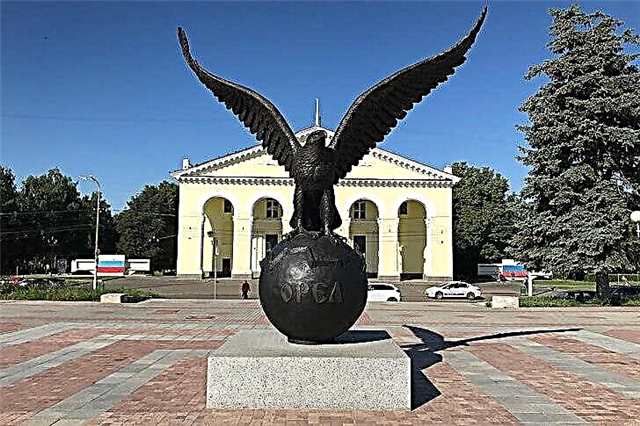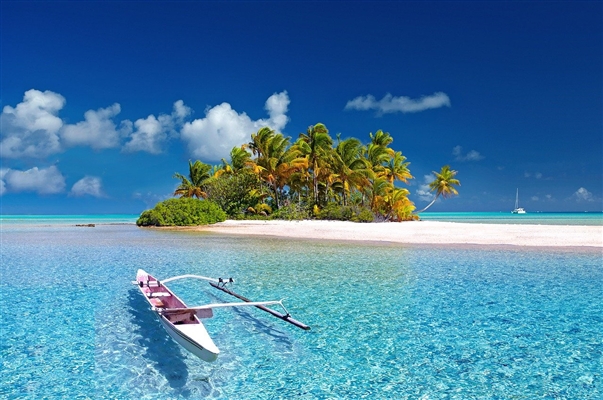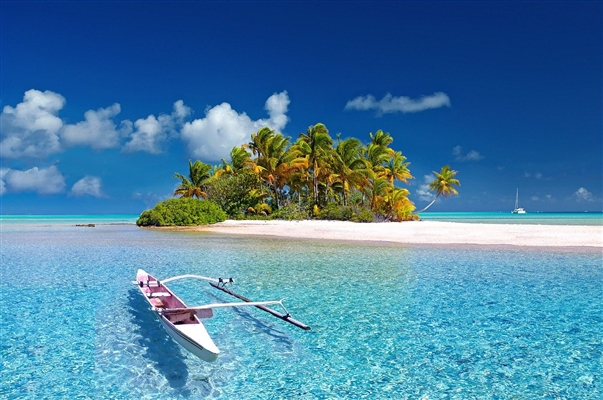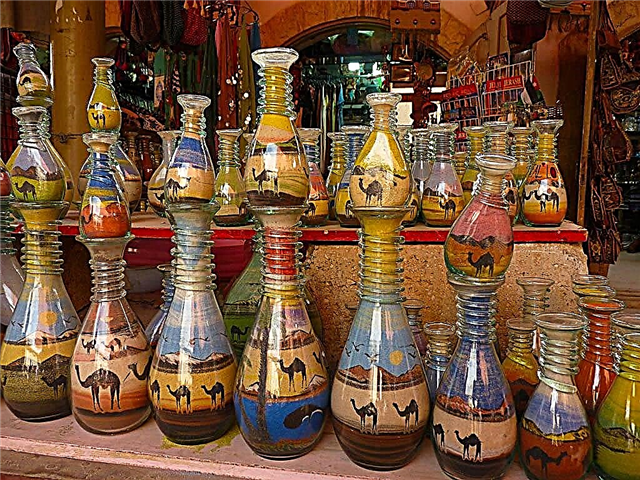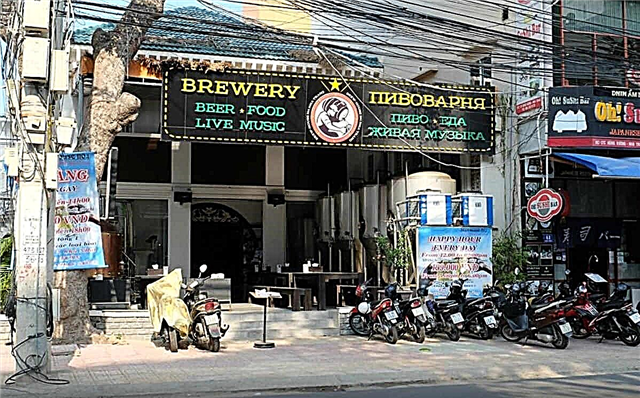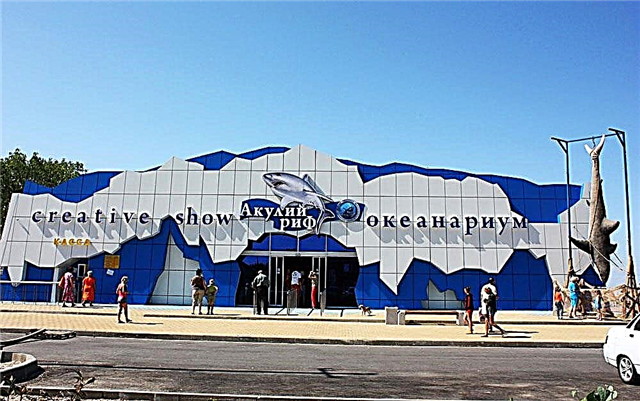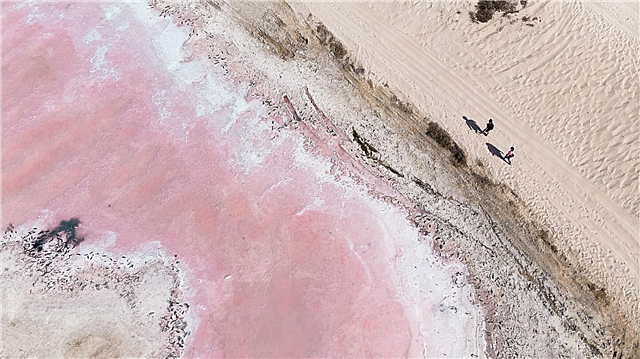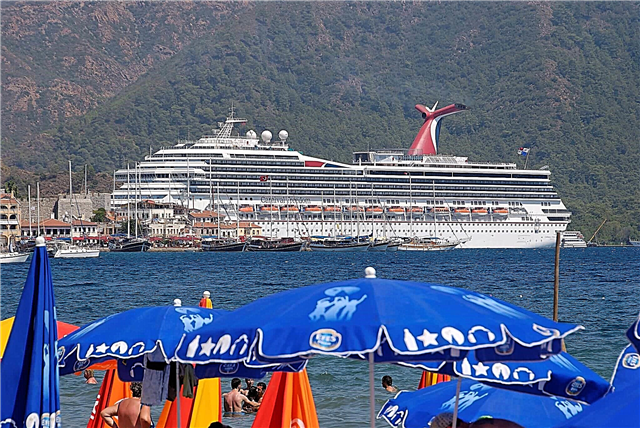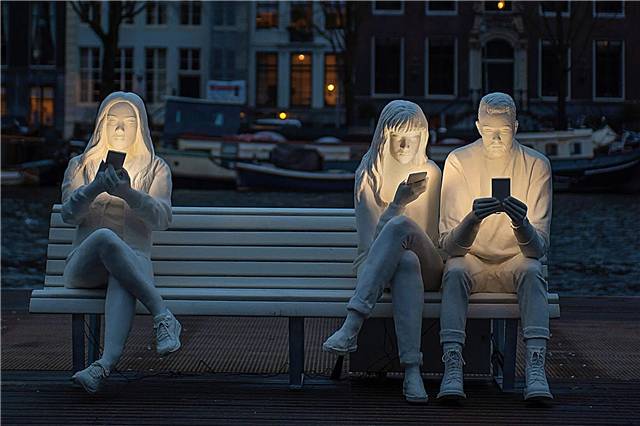This city consists of hundreds of small islands that are intertwined with large and small canals. Bridges play an important role in the city. There are 1281 of them here. And this is much more than in Venice. Amsterdam has a special atmosphere saturated with freedom and contradiction. This is the place where the ancients, temples, museums and brothels stand side by side. The unusual image is completed by luxurious and unique neighborhoods, a large number of people on bicycles.
Many famous people lived and worked in the city at different times, different events took place. Therefore, it is not surprising that there are many monuments here. You can see historical monuments dedicated to famous personalities, and even just funny ones. They are very different, and each of the tourists will find something that interests him. After all, millions of tourists visit Amsterdam every year.
Historical and modern monuments of Amsterdam
List of the most famous and popular monuments in the city.
National monument
Located on Dam Square and dedicated to the victims of World War II. It consists of a concrete column covered with white travertine and has a height of 22 meters. In front there is a bas-relief consisting of four male figures. They are chained and symbolize the horrors of war. On the other hand, the bas-reliefs symbolize resistance, the working class, the intelligentsia, and loyalty. Every year on May 4, a commemoration ceremony is held here. But not only during the Second World War, but also in all subsequent military clashes.

Monument to Rembrandt and "Night Watch"
Located on Rembrandt Square. The bronze composition "Night Watch" was cast by Russian sculptors in 2006. Consists of 22 figures of officers and soldiers of a security company, which are depicted in the painting of the same name by this famous artist. The composition is located next to the Rembrandt monument. This is an opportunity to find yourself inside a famous painting.

Anne Frank statue
Stands in front of the entrance to the Anne Frank museum. Made in the form of a girl of short stature. Anna was a Jewish girl. And she, along with her family, hid in secret rooms of the house from the persecution of the German invaders during the occupation of the city. It is in this house that the museum is now located, which keeps Anna's diary.

Monument to the victims of Auschwitz
It is located in the central park and is located above the urn with the ashes of those killed in Auschwitz. The monument was erected in 1993. This is a tribute to the memory of 107 thousand Jews who died. Represents mirrors broken and directed to the sky. Every year, on the last Sunday of January, the Day of Remembrance for the victims of the Auschwitz concentration camp is held here.

Monument to Benedict Spinoza
Dedicated to the great Dutch philosopher. It was opened in 2008, 300 years after the death of the scientist. The author of the monument is sculptor Nicholas Dings. Shown here is Benedict Spinoza in full growth and next to him the icosahedron. The monument is a symbol of freedom and tolerance. To prove this, there is an engraving, which is the famous phrase of the philosopher about freedom.

"Absorbed by the Light"
The creators of the sculpture are Design Bridge and artist Galya May Lukas. She represents three people who are sitting on a bench and see nothing around them except smartphones. Light emanates from the screens of their gadgets. Many people find this to be ominous. The sculpture is intended to demonstrate to people the problem of obsession with gadgets.

"The Blue Violinist"
The sculpture was installed in 1982. This is the property of the city, but on condition that the name of the master will not be revealed. Represents a running man with a violin case. His face is not visible, therefore the second name of the sculpture is “The Invisible Man”. Several times the sculpture mysteriously disappeared, and after that it reappeared, but in a different color.

"Beauty"
The monument was erected in 2007. Located in the heart of the Red Light District near the church. This is the work of the sculptor Els Rijers. It is a bronze figure of a prostitute who stands at the door of a brothel. There is a plaque next to it that reads Respect Sex Workers Around the World. This statue is a symbol of support for sex workers around the world.

Monument to Gerbrand Bredero
Dedicated to the great Dutch poet and playwright. It was erected near the Weight Tower on New Square, next to the Red Light District. And the sculptor is Pete Esser. The idea was the work of this author "Spanish Brabander". The sculpture represents a couple, the characters of the play: the crook Gerolimo and the woman of easy virtue, whom he tries to kiss.

Monument to the female breast
Located in front of the oldest church in the city. It has an unusual appearance, as it is built into the pavement and is one with it. Represents a woman's chest and a man's palm on it. In this case, the arm is attached to the chest with a chain and a lock. It is a symbol of masculine strength and feminine softness. But it also shows a man's dependence on female beauty. But placement on the pavement shows the down-to-earth significance of the sculpture.

Monument to Queen Wilhelmina
The monument was erected in 1972 and is located on Rokin Street. It was originally planned to install it on Damrak Street, but the dimensions turned out to be larger than planned. And so the placement has been revised. Dedicated to Queen Wilhelmina. She reigned in the Netherlands from 1890 to 1948. Made of bronze by the sculptor Theresia van der Pant. The sculpture is presented in the form of a queen riding a horse.

Bust of Multatuli
Located on an arched bridge that runs across the Singel-Torensleus canal. This is the work of the sculptor Hans Bayens. The bust was installed in 1987 and is dedicated to the great Dutch satirist who wrote under the pseudonym Multatuli in the 19th century. He was recognized as the most important writer in the country. The bust is made in the form of a granite monument on a high pedestal with a narrow base.

"In Search of Utopia"
This work of artist and sculptor Jan Fabre was created in 2011. He was inspired for this work by the book "Utopia" by Thomas More, written in 1516. Here Fabre depicted himself sitting on a huge turtle. They are going to look for the island of Utopia. The failure of the dream of Utopia is supported by the fact that it is definitely impossible to get there on a turtle.

Monument to Major Alida Bosshardt
Established in 2006 and dedicated to Alida Margarita Bosshart. She was an officer in the Salvation Army and saved many Jewish children during the German occupation. After the war, she helped disadvantaged, homeless, women who were engaged in prostitution. The monument is installed in Red Light Discrimination, next to the house where she lived. It represents the figure of an elderly woman sitting on a marble bench.

"Violinist"
The sculpture is cast in bronze and is located in the foyer of the City Opera. It was installed in 1991, but the author is not known. Demonstrates the violinist who has burst out of the floor and shows the creative process. The sculpture is very real as it even shows a broken floor. This is a symbol of freedom and full dedication to your favorite business.

Memorial to the Victims of Slavery
Opened in 2002 by Queen Beatrix. When choosing the required option, a competition was announced and the work of the artist Erwin de Vries was selected. Installed at the Oosterpark. Every year on July 1, this memorial hosts a meeting dedicated to the abolition of slavery. It was canceled in this country in 1863. The sculpture is presented in the form of a group of people who, according to the author's idea, strive for freedom.

"Scream"
The monument is located in the Oosterpark. It is dedicated to the film director, journalist Theo van Gogh, who was assassinated by a radical Islamist in 2004. This memorial was installed in 2007. Its author is Jeroen Hennemann and his work was selected from 150 others presented from around the world.The monument consists of six steel strips that are curved to resemble the profile of a talented filmmaker. The person's face depicts a scream.

Homomonument
Opened in 1987 and is located next to the historic Westerkerk church on the banks of the Kaisergracht canal. Made in the form of three pink granite triangles. And they form one big triangle. These triangles show gay men and women who died in concentration camps. The monument has become a symbol of the movement for the rights of sexual minorities. Flowers are brought to this landmark in memory of the victims of the tyranny.

Monument to Johan Rudolf Torbek
The monument is located in front of the Herengracht on the south side of the square. It was installed in 1876. Its author is the sculptor Ferdinand Leenhoff. Rudolf Torbeke is a famous statesman of the 19th century. It was he who set the liberal vector in the development of the country. The sculpture is shown in middle age. In his left hand he has a folded manuscript, and in his right Torbeke is leaning on a small pillar. Made of bronze and installed on a high pedestal.

"Tree of Life"
The sculpture was installed in 2002. It is dedicated to the abolition of slavery and shows the intricate fates of the peoples of Suriname, the Netherlands, the Netherlands Antilles. The intricacy of the history of these countries is shown in sculpture through the interweaving of human images. It is a kind of trunk of nations.

Monument to Andre Hazes
This monument was opened in 2005. It is located in the area of the Albert Cuyp market. Andre Hazes is a folk and favorite singer in this country. The sculpture of this chansonnier is made in full height, and he is holding a microphone in his hands. The location was not chosen by chance, since it was near the market that he met the man who brought him to television.

Monument to Theo Thijssen
This bronze sculpture is located on Lindengracht Square, next to Brunsgracht. Dedicated to Theo Thijssen, who was a school teacher and writer. It was he who wrote the famous story "Keys de Jongen". On the sculpture, Thijssen is depicted as a teacher standing at a student's desk. On Saturday, Lindengracht square turns into a marketplace and the sculpture can be seen from an unusual perspective among the vegetables.

"Docker"
The monument was opened in 1952 and is dedicated to the feat of the Dutch resistance and the "February strike". In February 1941, workers opposed the deportation of Jews. It is located on Jonas-Daniel-Meyerplein. The sculptor, Marie Andreessen, was also a member of the resistance. Two men, who were also part of the Dutch resistance, posed for him. The result is the image of a fearless dock worker who demonstrates a willingness to do something bold.

Monument to Walraven van Hall
Located in the park of the Spanish sculptor Fernando Sanchez Castello. This monument is dedicated to a famous banker who became a member of the Resistance. He replaced the confiscated money and gold with counterfeit ones. As a result, the Resistance received funds to fight against the German invaders. The monument is presented in the form of a bronze tree, which was broken by violence. Opened in 2010.

Monument to Jewish Resistance 1940-1945
The monument was erected in 1988 and is located at the corner of Amstel and Zvanenburgwal. This is the work of the mason Joseph Glatt, who was a specialist in the manufacture of Jewish tombstones. It is made in the form of a meter-long black granite column. The sculpture is dedicated to all Jews who participated in the Resistance during World War II.

Border post
Located next to the Rembrandt Museum and the Rembrandt Corner Café. It resembles a border post in shape. Back in the 70s, it was assumed that a highway would pass at this place. But the locals resisted this in every possible way. It also came to clashes with the police. In the end, the municipality surrendered. A sculpture remains in memory of this. This is the "border post" between the modern and the old street plan.

Monument to the Deaf Victims of World War II
The monument was erected in 2010 on Hortusplanto Street. Created by Bart Kulen and initiated by the Dovenshoah Foundation. The sculpture is dedicated to all deaf and hard of hearing Jews who fell victim to World War II. It is made in the form of a bas-relief showing civilians. Installed on a massive pedestal.

Monument to the Heroes of the Resistance
Its author is Jan Havermans. And there is a monument in the Central Residence of Apololan. It was to this place that in 1944 the German invaders brought and then executed 29 prisoners. This was done in response to the actions of the Dutch Resistance. The sculpture was installed in 1952. Three men are depicted here. One of them resists the danger in every possible way, trying to keep with straight shoulders and proudly raised head. The other two show humility, anger and sadness.

"Regular customer"
This unusual sculpture was installed in 1957 in a cafe located at Looiersgracht 40B. Its author is the painter and sculptor Albert Zvipa. At that time he was just starting his creative activity and was a regular customer of this cafe. After his bill grew significantly, he offered the cafe as payment for a sculpture, which he called "Loyal Customer." Vandals broke it several times. But now the bronze version is already installed.

Sculpture "Attacking bull"
This sculpture is located in the Stock Exchange Square opposite Market Wizards. Its author is the Italian Arturo Di Monica. An angry bull shows the unpredictability and fierce strength of the financial market. But there is another version of the purpose of the sculpture. If you rub the dignity of bull, then success in all matters is assured. Therefore, it is rubbed to a shine.


